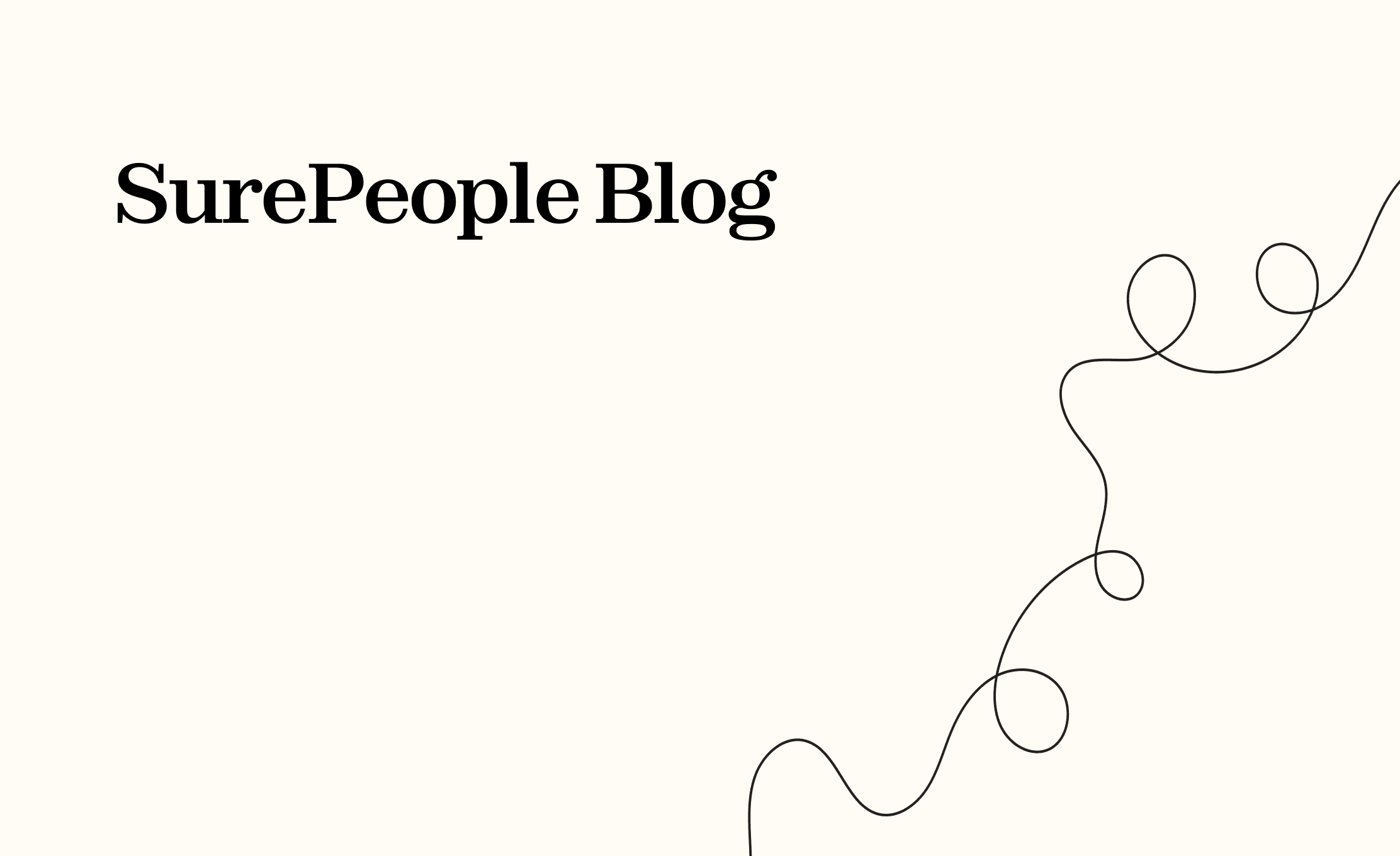Why Starbucks Must Add E-i to Its Unconscious Bias Training
May 1, 2018
by
Faraz Gafoor
A number of companies – most notably Starbucks – have recently made the news for being in hot water when it comes to racial bias. And, rightly so. Racial bias and other forms of discrimination have no place in the workplace or in customer interaction.
Starbucks took steps to initiate training programs for its employees to address their biases. While some biases and forms of discrimination are clear and overt, most are subtle and even unconscious. Addressing unconscious bias has therefore emerged as a key employee development issue for many organizations.
A question many people have been asking in light of such scandals is whether forms of unconscious bias training really work? The answer (surprise) is: it depends. It depends on the quality of the training, the receptivity of the employees, and the culture of the organization.
One thing is certain, though, and that is addressing unconscious bias without attention to emotional intelligence and relational intelligence is unsustainable. The training will be incomplete and won’t stick.
Why is this so? Remediating unconscious bias is deeply tied to addressing deficiencies in emotional and relational intelligence. The two areas overlap considerably.
Unconscious bias and emotional intelligence
Unconscious bias indicates areas where we as individuals – as well as our teams, processes, and organizational structures – may be blind to the needs, concerns, and experiences of those from different backgrounds.
Whether in terms of race, ethnicity, gender, or sexuality, for instance, there are ways that we and our institutions have been shaped that miss, ignore, suppress, exclude, or otherwise harm those who are different from us or those who may not have played a hand in shaping those institutions.
Unconscious biases may be glimpsed in micro-aggressions and forms of cultural insensitivity. They may be seen in types of harassment. Such biases can also manifest in processes and decision making that do not take the perspectives of all into consideration. Some of these processes may regularly exclude the voices of those who remain unseen by the systems we set in place. Because we design them to be automatic, these systems can reproduce these exclusions unknowingly.
The mindset and attitude needed to take on unconscious bias relate directly to growth in emotional and relational intelligence.
These forms of intelligence address issues like self-awareness and relational awareness, where we learn to assess and monitor our emotional state and feelings, in addition to how we come across and how we impact others.
Growth in emotional intelligence and relational intelligence involves learning to read the signs of others, such as their nonverbal cues as well as tone and manner of expression. Such skills include asking for clarification, inviting feedback and input, and being committed to resolving conflict. Growth in emotional and relational awareness will mean asking to have our blind spots pointed out, as well as the commitment to address and improve in these areas.
Furthermore, emotionally intelligent organizations, those committed to team intelligence, will regularly scrutinize their systems and processes, seek greater buy-in and contributions from all, and actively move to include the voices and perspectives of a diverse base. Such systems and processes will be malleable, and emotionally intelligent leaders and managers will adapt to feedback and critique from excluded voices to minimize such blind spots and improve the organization.
Can those with high emotional intelligence still have blinders and unconscious biases? Absolutely. But, can individuals and organizations overcome their unconscious bias without simultaneous working on their emotional and relational intelligence? It’s highly unlikely.
Successful individuals, teams and organizations wishing to tackle the problem of unconscious bias must make it part of an integrated and broad-based effort to develop their emotional, relational, and team intelligence.
Stay up to date with the latest video business news, strategies, and insights
sent straight to your inbox!
